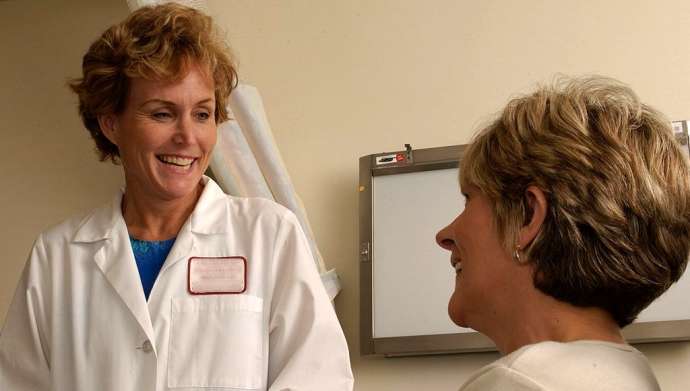STA, 11 January 2019 – Gynaecologists (ginekologi) in Slovenia have too many women enlisted as their patients, which leads to lower-quality examinations and longer waiting times. They thus urge authorities to reduce the number of women per gynaecologist to preserve the achieved high level of gynaecological care.
Medical Chamber representatives told the press in Ljubljana on Friday that a shortage of gynaecologists and ever new generations of women entering the system had affected access to gynaecologists.
They believe at least 30 new gynaecology teams would be needed to cope with the shortage and take the pressure off overburdened gynaecologists.
In 2018, a gynaecologist had an average of 4,800 women enlisted as their patients, while the college of gynaecologists and obstetricians maintains 4,000 would still be an acceptable figure.
However, some gynaecologists had even more than 7,000 women enlisted, explained Domžale Medical Centre gynaecologist Petra Meglič, who treats some 6,200 women.
All women, including girls aged at least 13, are entitled to choose their personal gynaecologist in Slovenia.
Since some 700,000 women have their personal gynaecologist, gynaecologists carry out more than 1.5 million medical examinations a year.
Another burden is a number of administrative tasks gynaecologists are obliged to carry out, which further shortens the time they have for their patients.
An aging and shrinking profession
Gynaecologists are, moreover, getting older; in 2017, out of a total of 361 active gynaecologists, 160 were older than 50 and 82 older than 60.
Some 300,000 women could remain without their personal gynaecologist due to retirements in the coming years.
"Young specialists prefer to work at hospitals, as working in a gynaecology office is extremely specific, with constant high pressure to process a mass of women," said Meglič.
She also said her office rejects 10 to 20 women who have not yet chosen their personal gynaecologist a day.
According to gynaecologist Renata Završnik Mihič, young doctors are eager to specialise in gynaecology, yet not enough residencies had been opened over the past years to make up for the shortage that would stem from retirements.
The system is working only because gynaecologists assume ever more work, which leads to burn-out.
They thus called on authorities to overhaul the standards governing the number of women patients per gynaecologist, which were adopted in 1994, taking into account population ageing and new discoveries in medicine.
In this way, the country will preserve its quality gynaecological care, few unwanted and teenage pregnancies, relatively few abortions and a low rate for cervix cancer.






